在此处更改您的语言和 LGT 位置。
私人客戶的數碼平台
登錄 LGT SmartBanking
金融中介機構的數碼平台
登錄 LGT SmartBanking Pro
解答常見問題 (FAQ)
LGT SmartBanking 幫助
解答常見問題 (FAQ)
LGT SmartBanking Pro 幫助
More Hong Kong auctions are bringing "African Art" to an international audience. Many welcome this development, while others observe that reducing an entire continent to a single aesthetic brings its own problems.
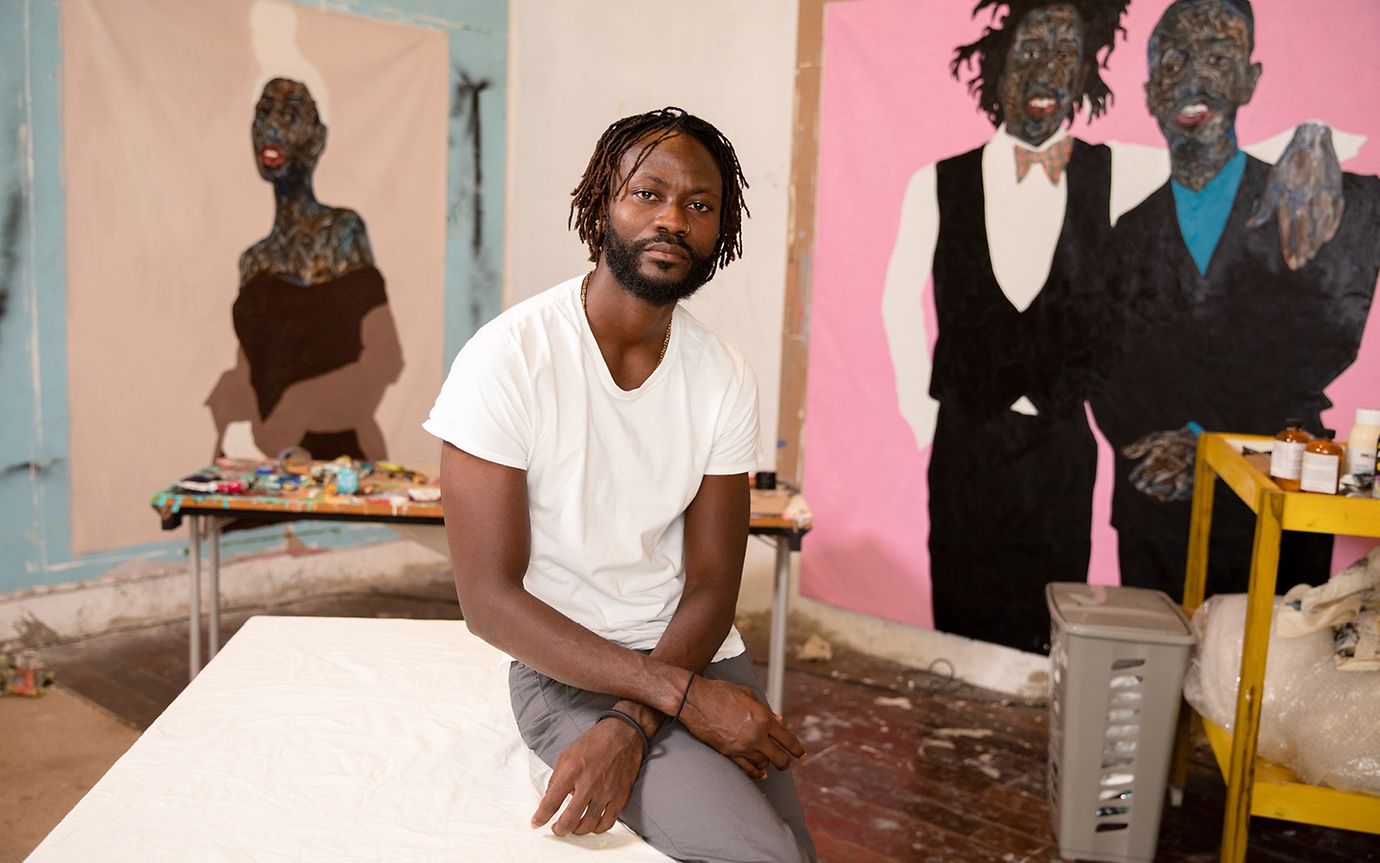
When Alan Lo saw a portrait by Ghanaian Amoako Boafo in Paris in 2019, he was hooked. "I was attracted by a whole different aesthetic and language and sensibility", recalls the 44-year-old Hong Kong entrepreneur, who has bought more than three dozen African works since that pivotal moment at the FIAC art fair. "The vibrant colours, the gestures, there’s something very real about African Art," he says.
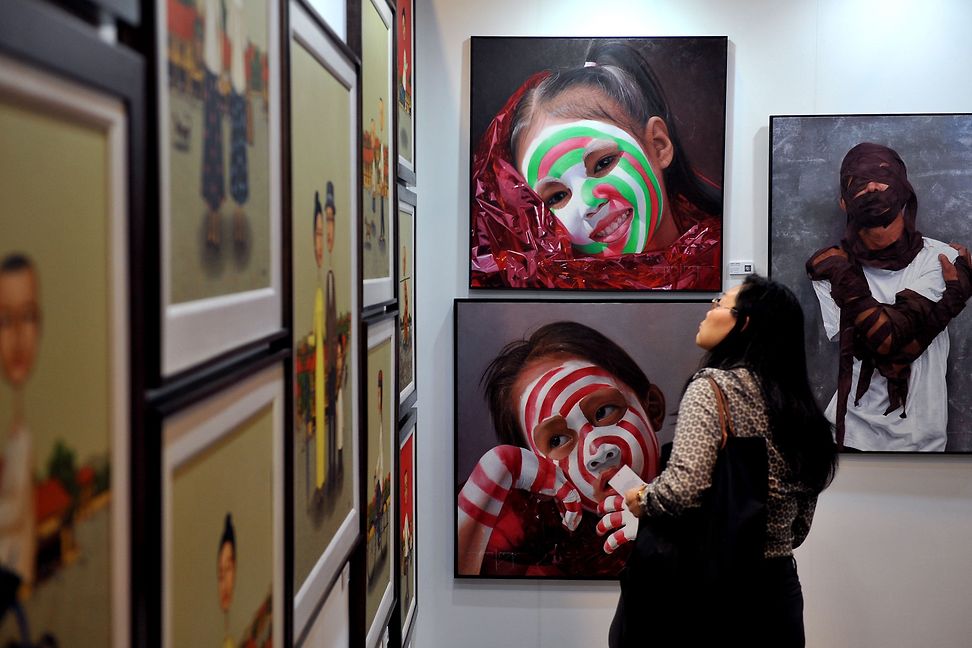
Lo could be the poster boy for Asian collectors. Young, affluent, overseas educated and well-travelled (Lo studied architecture at Princeton and attends more than half a dozen international art fairs every year), they are familiar with the art canons of many cultures. They are also more likely than their parents’ generation to purchase emerging artists.
"I’m surprised by the number of collectors in their early thirties who are clearly upwardly mobile and informed about art and want to engage seriously with it," said Jean Butler, director of Cape Town-based SMAC gallery. At Art Basel Hong Kong in March, she sold eight works from the continent, including two pieces by South African artist Simphiwe Buthelezi bought by 30-year-old Michael Xufu Huang for his private museum in Beijing.
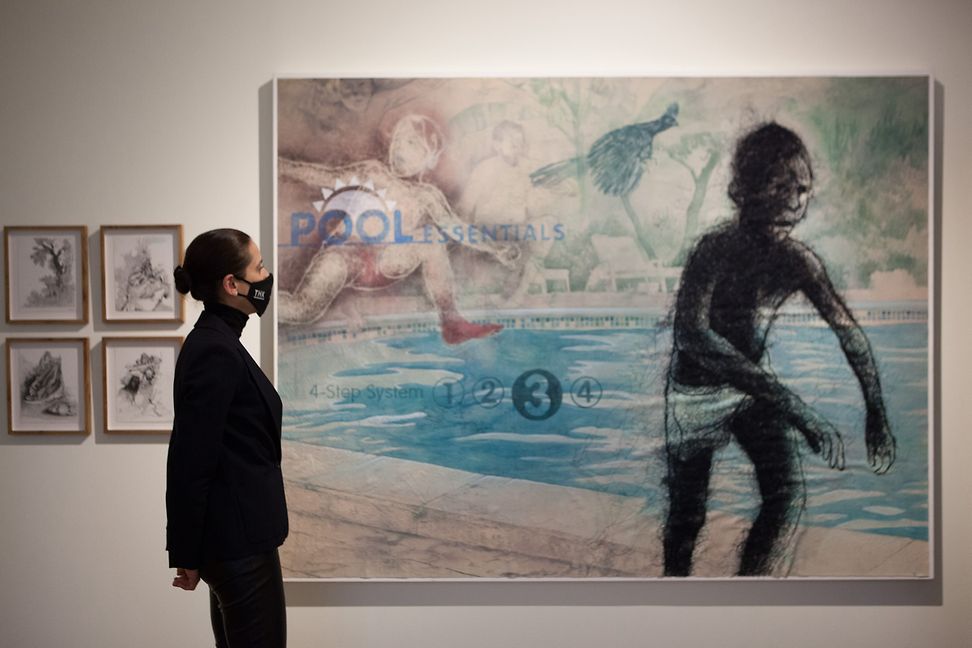
Contemporary African Art is one of the fastest growing categories in the art world. And while the art market has cooled in the past twelve months, works by well-established artists still sell for millions at auction. More importantly, emerging artists sell for a fraction of their counterparts in China, Europe or the Americas.
To most people, African Art conjures up images of masks and tribal sculptures, a legacy of the colonial era when Europe carved up the continent and looted hundreds of thousands of artefacts. These works, most of which have never been repatriated (the British Museum has around 60’000 pieces, including the controversial Benin bronzes), had a strong influence on modern artists like Matisse, Picasso and Modigliani and still affects how most people perceive the continent today.
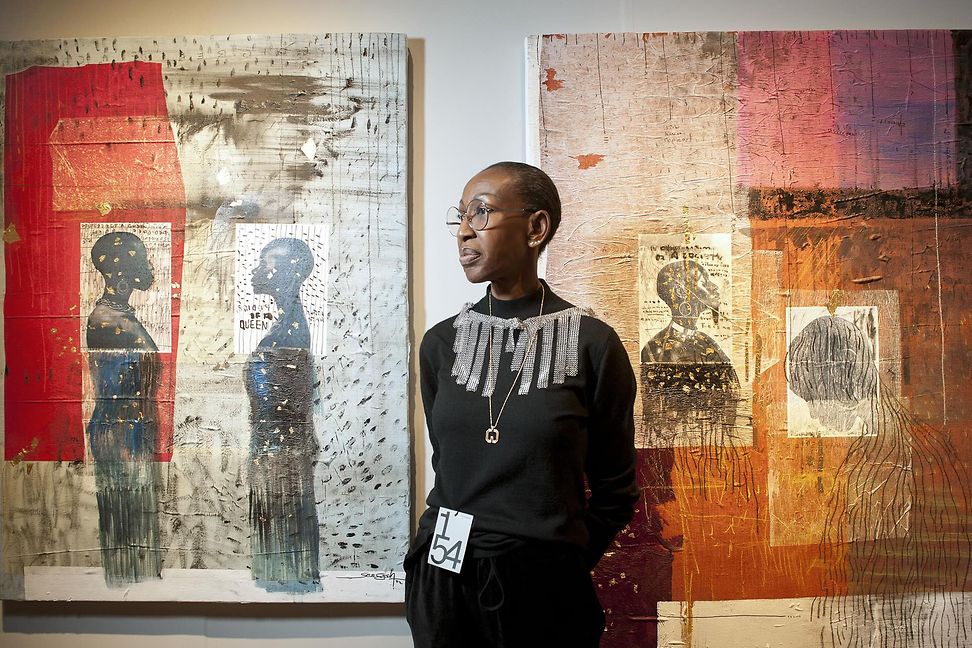
But the reality is very different. Just ask Moroccan-born Touria el-Glaoui. In 2013 she founded 1-54 in Marrakesh showcasing art from the 54 countries of Africa and its diaspora to free African Art from a "western-centric approach", she says. 1-54 now stages annual fairs in New York and London, and held its first pop-up during Art Basel Hong Kong.

"We are putting a lot of effort to raise visibility on the world stage, and Hong Kong and China make up the second most important art market" she says. "African artists need to be part of that conversation here too."
Today contemporary African Art is generally understood to include works from Africa and its diaspora. It is best known for black figures painted against backgrounds of hot, loud colours. This style has also been embraced by top African American artists like Kehinde Wiley (who painted Barack Obama’s portrait) and Kerry James Marshall, whose work sold for USD 21.1 million in 2018. Both artists have explored their African heritage as well contemporary styles on the continent.
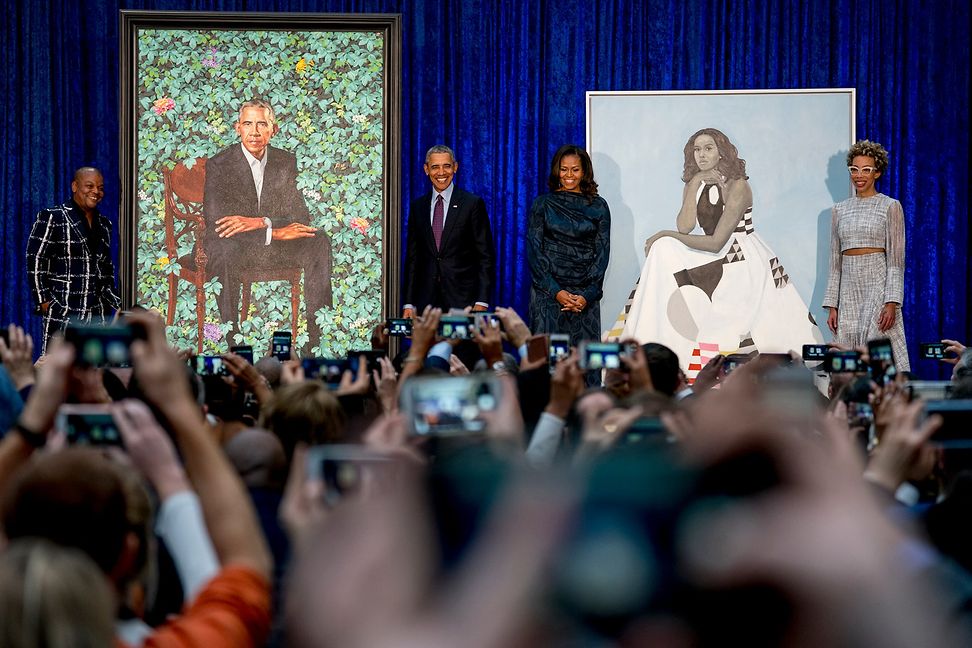
However, the popularity of figurative painting has a tendency to reduce African Art to a single aesthetic among collectors. "When it becomes representative of a whole continent, that is a problem," says Rakeb Sile, founder of Addis Fine Art in Addis Ababa. "Blackness is not a monolith."
Blue chip galleries have been dealing in African American art for a couple of decades, but have only recently started to work with African artists from the continent. "We are all a bit late", dealer David Zwirner said at his Hong Kong gallery last November. His artists include Kenyan painter Michael Armitage and Nigerian-born Njideka Akunyili Crosby. "But there will be some very strong voices coming from Africa."

Contemporary Chinese art dealer Pearl Lam agrees. She recommends that collectors new to African Art start with works on canvas. "In contrast to abstract art, figurative paintings act as a bridge between the artist’s cultural background and the viewer", says the dealer who has African shows at her Hong Kong and Shanghai galleries. "This means the art becomes more accessible."
As mega dealers snap up more established names from the African diaspora, responsibility for working with emerging artists falls to local galleries. Because many African markets lack a proper arts infrastructure or a deep pool of local collectors, it is essential for them to take their artists to an international audience.
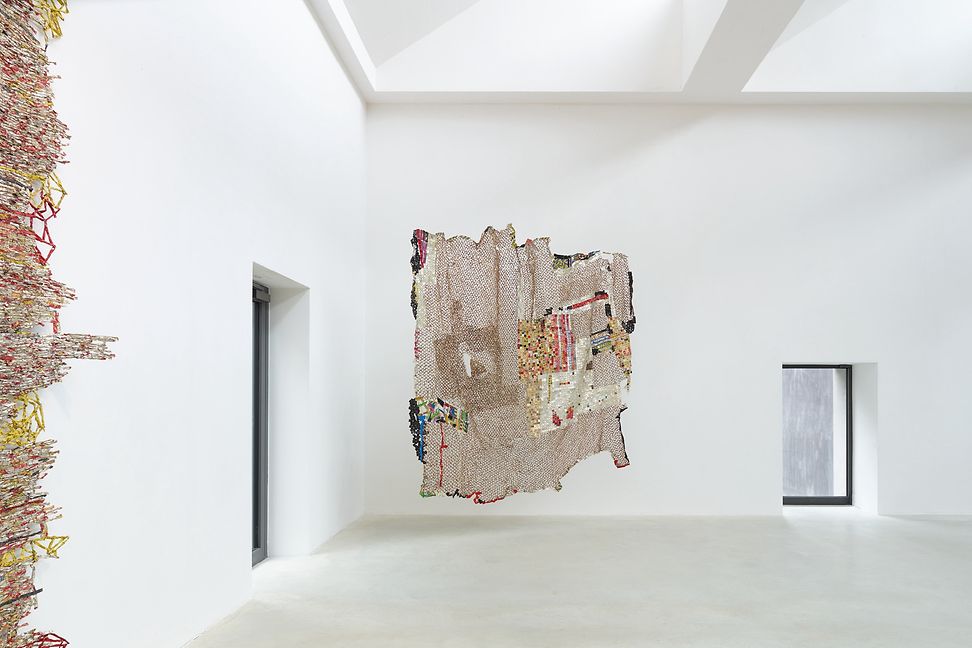
"We cannot sit home and wait for people to come to us", Daudi Karungi, founder of Afriart Gallery in Kampala, Uganda, said at Taipei Dangdai art fair 2024. "If we do nothing, western galleries will come take the artists we work so hard to develop", he warns.
Marwan Zakhem, founder of Gallery 1957 in Accra agrees. "Art is not a primary asset class in Africa", he says. "Fancy cars and second homes tend to be more popular." He estimates less than 5% of African Art stays on the continent.
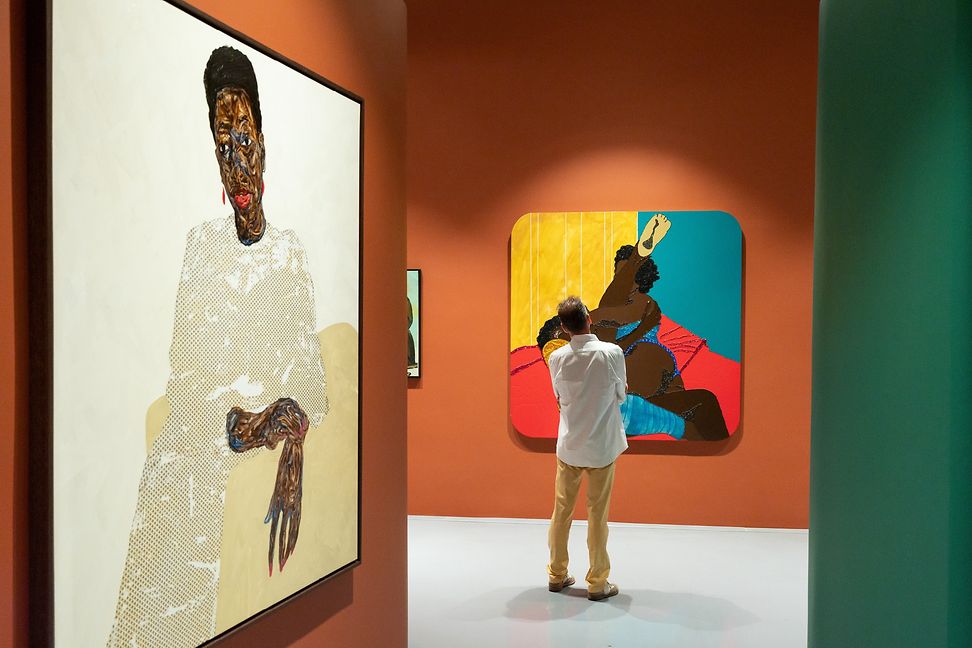
Many African contemporary works draw on the continent’s rich and diverse cultural heritage dating back centuries before the first European set foot on the continent. Working with materials ranging from coffee beans to plastic bags to transistors, they are recasting the narrative of contemporary Africa and its past.
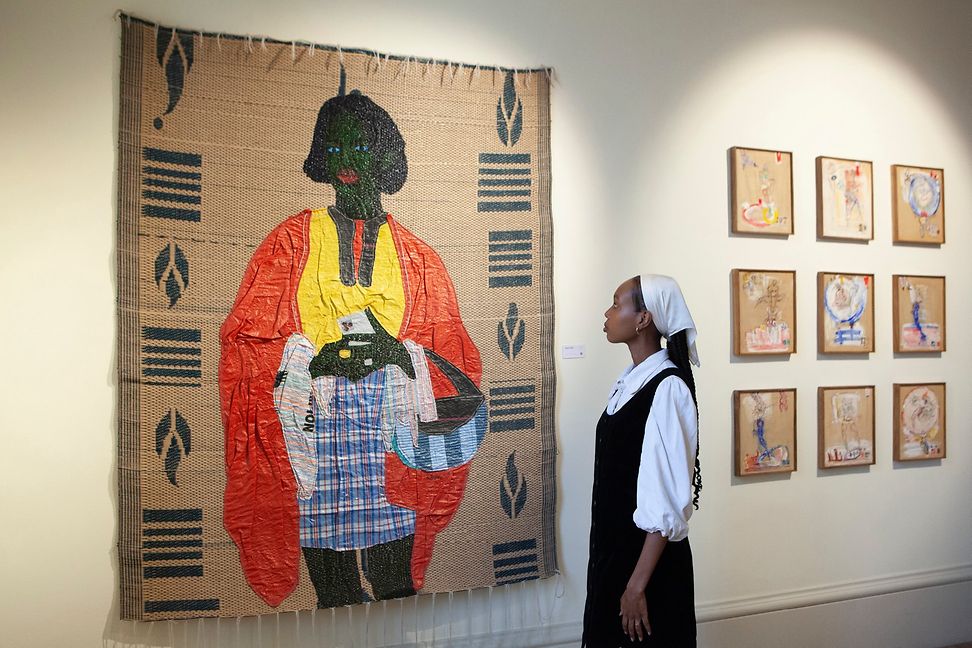
LGT is strongly committed to the promotion of art and culture in the spirit of its owner family. For example, it sponsors the Princely Collections and supports numerous special exhibitions around the world.